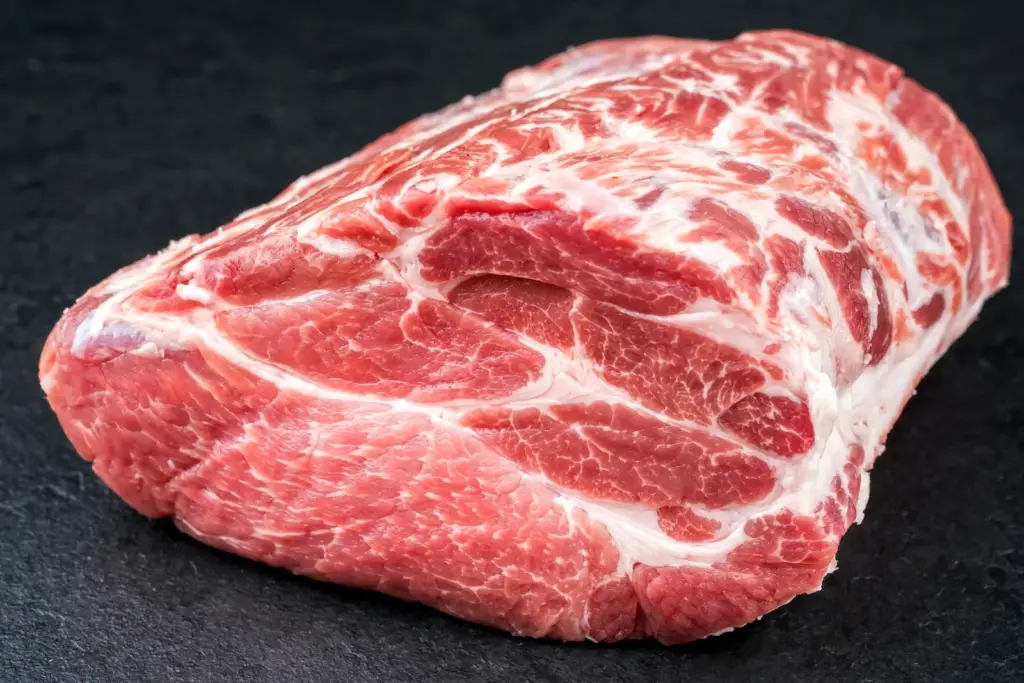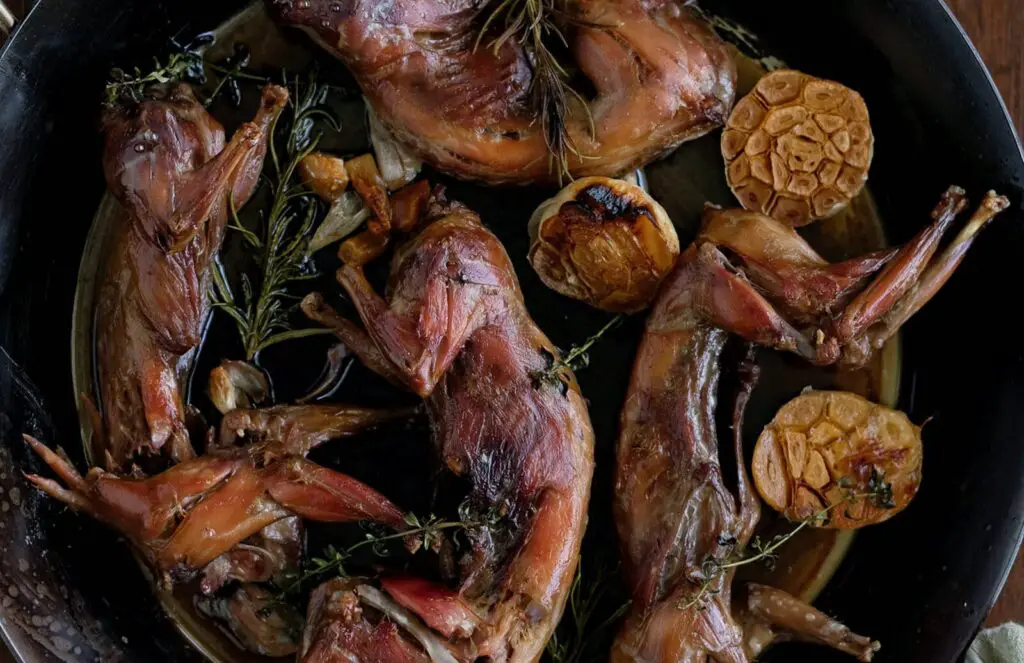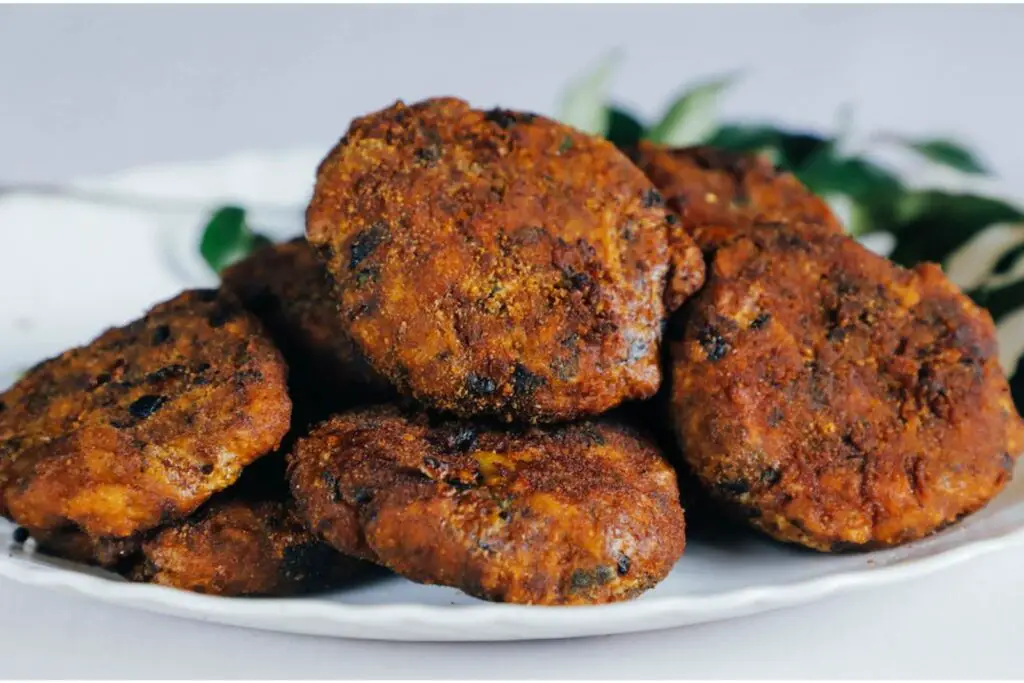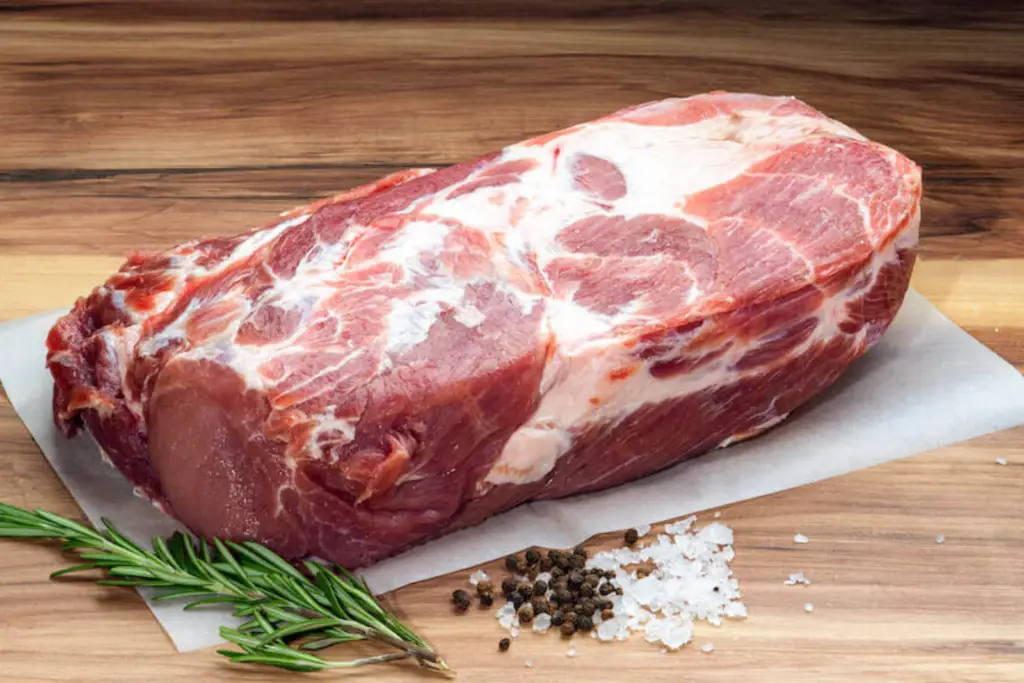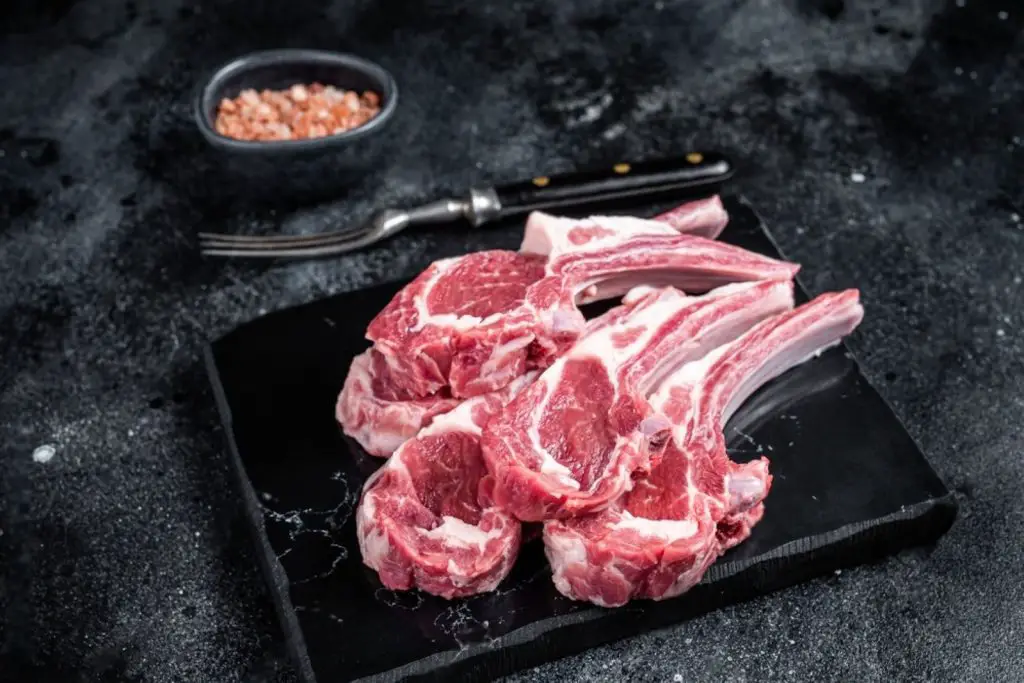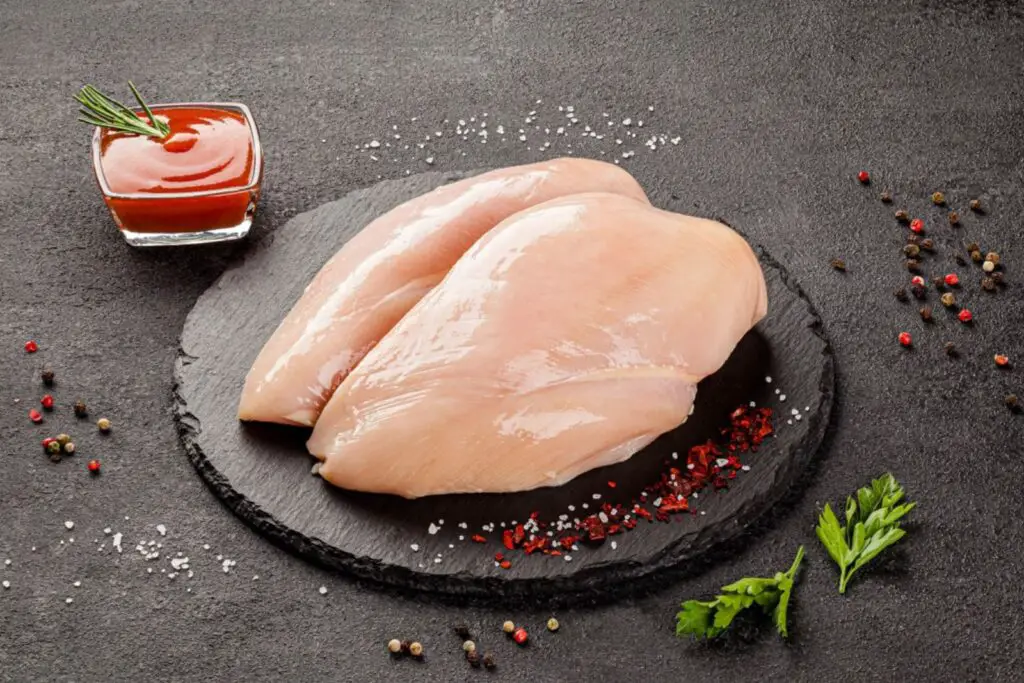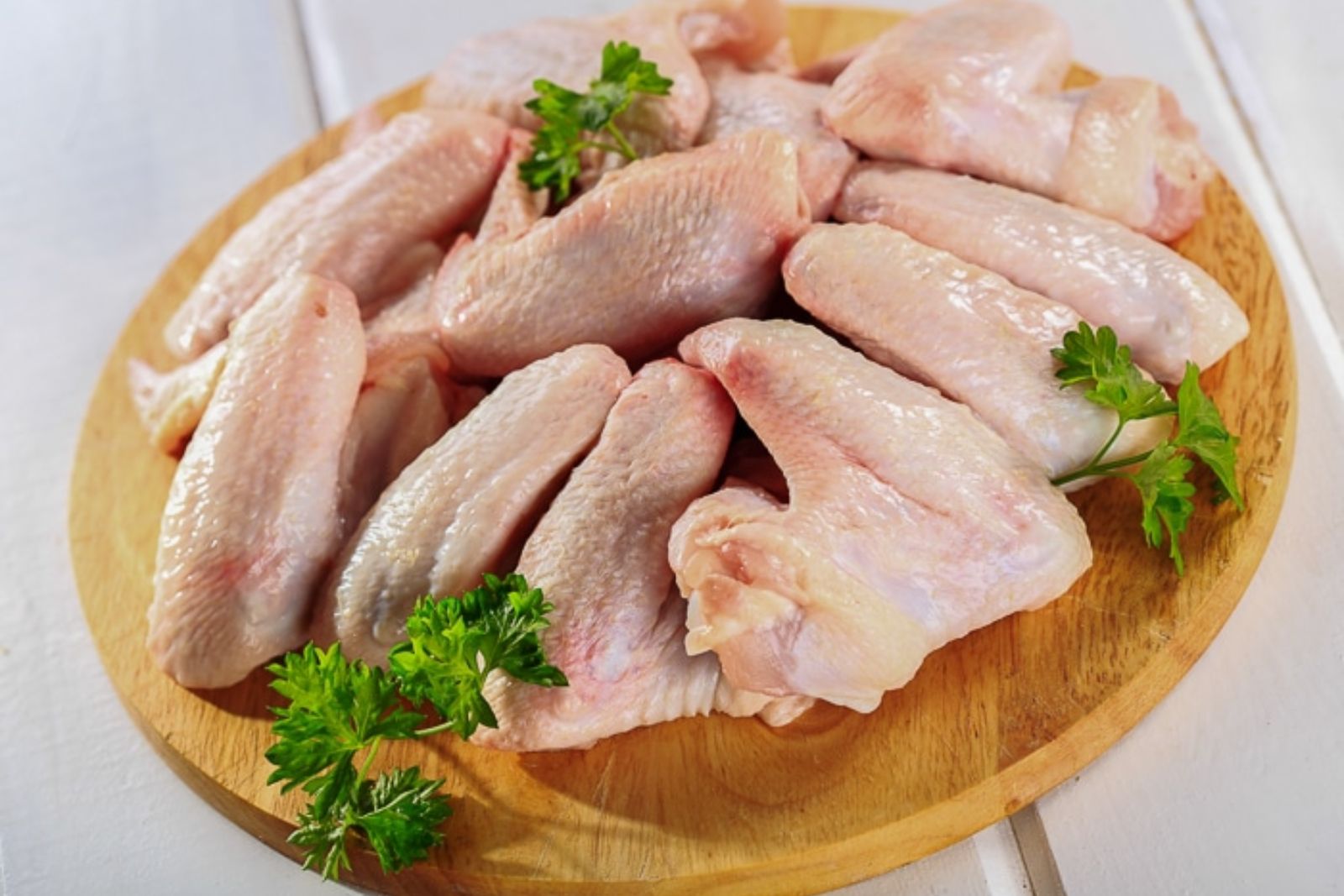
Raw chicken wings are the uncooked, unseasoned, and unprocessed wings of a chicken. They are typically sold with both the drumette and wingette attached, with the wingtip removed. Freezing raw chicken wings is a convenient way to store them for future use, ensuring that you always have a versatile ingredient ready for your favorite recipes. By following a few simple steps, you can freeze raw chicken wings properly to maintain their quality and avoid any potential food safety concerns. In this guide, we will take you through the process of freezing raw chicken wings, from preparing them for freezing to storing them in the freezer.
Here are the simple steps in freezing raw chicken wings:
Step 1: Clean and Trim the Chicken Wings
Before freezing raw chicken wings, it is crucial to ensure that they are clean and trimmed properly. This step helps remove any surface contaminants that may be present on the wings. Rinse the wings under cold running water, which helps wash away any dirt, bacteria, or other impurities that could affect the quality and safety of the chicken.
Patting the wings dry using paper towels is important to absorb any excess moisture. Excess moisture can promote the growth of bacteria and contribute to freezer burn when the wings are frozen. Drying them thoroughly helps maintain their texture and flavor during freezing.
Additionally, trimming any excess fat or loose skin from the wings before freezing can be beneficial. Excess fat can contribute to off-flavors and can lead to greasy texture when cooked. Removing loose skin helps prevent it from becoming tough and chewy during freezing and cooking processes.
Should I remove the skin from chicken wings before freezing?
Removing the skin from chicken wings before freezing is a matter of personal preference. The skin helps retain moisture and flavor during freezing, but it can also contribute to a higher fat content. If you prefer a leaner option or plan to use the wings in specific recipes that require skinless wings, you may choose to remove the skin before freezing. However, keep in mind that removing the skin can affect the texture and taste of the wings after thawing.
Can I freeze raw chicken wings with bones?
Yes, you can freeze raw chicken wings with bones. Freezing them with bones helps maintain the structure and integrity of the wings during storage. However, keep in mind that the bones can impact the freezing and thawing times, so ensure that the wings are properly wrapped and labeled to avoid any confusion when using them later.
Step 2: Arrange the Chicken Wings
After cleaning and trimming the chicken wings, the next step is to arrange them on a baking sheet or a flat tray before freezing. Proper arrangement is essential to ensure optimal freezing and prevent the wings from sticking together.
By placing the chicken wings on a baking sheet or tray, you create space between each wing. This spacing allows for adequate airflow during the freezing process. Air circulation helps freeze the wings more evenly and efficiently, reducing the formation of ice crystals and freezer burn. It also aids in maintaining the texture and quality of the wings.
When chicken wings freeze and stick together, it becomes challenging to separate them later on. This can lead to unnecessary thawing of more wings than required, resulting in potential food waste. By arranging the wings with space between them, you prevent them from adhering to one another, making it easier to portion them when needed.
Furthermore, arranging the wings in a single layer ensures that they freeze more quickly and uniformly. This helps preserve the texture and flavor of the wings, as a rapid freeze minimizes cell damage and maintains their juiciness.
Step 3: Pre-Freeze the Wings
Once the chicken wings are arranged on the baking sheet or tray, the next step is to pre-freeze them before further packaging. Pre-freezing the wings individually is an important step to prevent them from clumping together and to facilitate portioning when needed.
Placing the baking sheet or tray with the chicken wings in the freezer allows the wings to undergo a partial freeze. This typically takes about one to two hours, but the exact time may vary based on your freezer’s temperature and airflow.
Pre-freezing the wings individually serves two purposes. First, it prevents the wings from sticking together and forming a solid mass during freezing. This is crucial because if the wings freeze together, it becomes difficult to separate them when you only need a portion. Pre-freezing maintains the individuality of each wing, making it easier to remove only the desired amount without thawing the entire batch.
Secondly, pre-freezing helps preserve the quality of the wings. When the wings freeze slowly, ice crystals can form within the meat, leading to texture and flavor degradation. Pre-freezing promotes faster freezing, minimizing the formation of large ice crystals and preserving the natural juiciness and tenderness of the wings.
Step 4: Portion the Wings
After pre-freezing the chicken wings, it’s time to remove them from the freezer and proceed with portioning if desired. Portioning the wings into meal-sized portions allows for more efficient and controlled defrosting, reducing waste and ensuring you have the right amount of wings for each occasion.
When you portion the wings, consider your typical usage and serving sizes. Think about how many wings you usually need for a meal or a recipe. This step allows you to customize the portions according to your preferences, making it easier to plan and prepare meals without excess leftovers.
By dividing the wings into smaller portions, you have the flexibility to defrost only the amount you need at a given time. This helps minimize food waste since you’re not thawing a larger batch of wings and risking unused portions going to waste.
Portioning the wings also offers convenience and time-saving benefits. When you store the wings in meal-sized portions, you can easily grab and defrost the required amount without having to defrost the entire batch. This makes meal preparation more efficient, especially when you’re short on time.
Step 5: Wrap the Wings
After portioning the chicken wings, it is crucial to wrap each portion tightly in plastic wrap. Individually wrapping the wings helps create a protective barrier that safeguards them from exposure to air and potential freezer burn. This step is essential for preserving the moisture, texture, and flavor of the wings during freezing.
When wrapping the wings, ensure that each portion is covered completely. This prevents air from reaching the surface of the wings, which can lead to freezer burn. Freezer burn occurs when moisture in the food evaporates, resulting in dry and discolored patches on the wings. By tightly wrapping the wings in plastic wrap, you create an airtight seal that helps maintain their quality.
The plastic wrap acts as a barrier against air and moisture loss. It helps retain the natural moisture within the wings, preventing them from drying out during freezing. This is particularly important for maintaining the tenderness and succulence of the wings once they are thawed and cooked.
Additionally, wrapping the wings individually in plastic wrap offers practical benefits. It allows you to separate and retrieve individual portions easily without disturbing the rest. This prevents the need to defrost more wings than necessary and reduces the risk of food waste.
Should I wrap the chicken wings individually or can I store them together in one package?
It is generally recommended to wrap chicken wings individually before storing them in the freezer. Wrapping them individually helps prevent them from sticking together and allows for easier portioning when needed. However, if you plan to use all the wings at once or don’t mind separating them when frozen, you can store them together in one package. Just make sure the package is tightly sealed to prevent freezer burn.
Step 6: Double Wrap with Aluminum Foil
Once you have individually wrapped the chicken wings in plastic wrap, the next step is to provide an extra layer of protection by double wrapping them with aluminum foil. This additional wrapping helps to enhance the preservation of the wings’ quality, taste, and texture during freezing.
Aluminum foil serves as a sturdy and durable barrier against air, moisture, and odors. By double wrapping the wings, you create an extra shield that further minimizes the risk of freezer burn. Freezer burn occurs when moisture evaporates from the food, leading to dryness and the development of unappetizing textures and flavors.
The combination of plastic wrap and aluminum foil provides a multi-layered defense against air penetration. The plastic wrap creates a tight seal around the wings, while the aluminum foil adds an outer layer of protection. This double wrapping technique helps to maintain the moisture content and natural flavors of the wings, ensuring their optimal quality when you eventually thaw and cook them.
It is important to ensure that the wings are securely wrapped in both the plastic wrap and aluminum foil. This prevents air from entering the packaging and maintains the integrity of the wrapping. Make sure the foil is tightly wrapped around each portion to create a firm and well-sealed package.
Step 7: Label and Date the Packages
After double wrapping the chicken wings with aluminum foil, it is essential to label and date each package. This step serves as a helpful reminder of the contents and freezing date, allowing you to prioritize the use of older packages and maintain optimal freshness.
Using a marker or pen, clearly write the contents (chicken wings) on the outside of the aluminum foil. This label ensures that you can quickly identify the packages in the freezer, especially if you have multiple items stored. By knowing the contents, you can easily locate and retrieve the desired chicken wings without confusion.
In addition to labeling the contents, it is crucial to include the date of freezing on the package. Write down the date when the wings were initially placed in the freezer. This information is valuable in monitoring the storage time of the wings. It allows you to keep track of how long they have been frozen and make informed decisions about their usage based on recommended storage durations.
By labeling and dating the packages, you can implement a first-in, first-out (FIFO) approach when using the frozen chicken wings. This means that you prioritize the use of older packages before newer ones. Following this practice ensures that the wings are consumed in a timely manner, maintaining their optimal freshness and quality.
Properly labeled packages also assist in avoiding food waste. By knowing the freezing dates, you can plan your meals accordingly and ensure that the wings are used within their recommended storage period. This reduces the chances of freezer burn or the wings becoming stale over extended periods.
Step 8: Store in the Freezer
With the wrapped and labeled chicken wings in hand, the final step is to store them in the freezer. Proper freezer storage ensures the wings remain in optimal condition for an extended period. Follow these guidelines to maximize their freshness and avoid any damage:
First, identify a suitable spot in your freezer. Look for an area where the temperature remains consistently below freezing, ideally at or below 0°F (-18°C). This temperature range ensures that the wings freeze quickly and maintain their quality throughout the storage period.
When arranging the packages in the freezer, consider accessibility and organization. Place them in a way that allows for easy retrieval when needed. This can involve grouping the packages together or utilizing designated freezer bins or shelves. Keeping the wings organized prevents them from getting lost or overlooked.
It is crucial to avoid any crushing or damage to the packages. Ensure that the wings are stored in a way that minimizes pressure or stacking from other items in the freezer. This helps maintain the integrity of the packaging and prevents any potential leakage or contamination.
Maintaining a well-organized freezer not only makes it easier to find and access the chicken wings but also helps prevent unnecessary waste. When you can easily locate the wings, you reduce the likelihood of forgetting about them and surpassing their recommended storage duration.
Remember to close the freezer door securely after placing the wings inside. A tightly closed freezer door maintains a consistent temperature and prevents the wings from being exposed to fluctuating temperatures that can affect their quality.
How long can raw chicken wings last in the freezer?
Raw chicken wings can last in the freezer for up to 9 to 12 months. When properly stored at 0°F (-18°C) or below, they can maintain their quality and remain safe for consumption within this timeframe. It is important to follow recommended freezing guidelines and ensure proper packaging to preserve the wings’ taste and texture.
Other related questions
How do I defrost raw chicken wings?
To defrost raw chicken wings, there are three recommended methods. First, thaw them in the refrigerator by placing the wings in a covered container overnight or for several hours. Alternatively, you can use the cold water method by submerging the wings in a sealed bag in cold water, changing the water every 30 minutes. Lastly, you can use the microwave’s defrost setting, following the manufacturer’s instructions. Regardless of the method chosen, ensure the wings are promptly cooked after thawing to maintain food safety.
Can I refreeze raw chicken wings?
Yes, raw chicken wings can be refrozen if they have been thawed properly and have not been left at room temperature for more than two hours. However, it is generally recommended to avoid multiple cycles of thawing and refreezing as it can affect the quality and texture of the wings. It is best to plan and thaw only the amount needed to minimize the need for refreezing.
How do I know if the raw chicken wings have gone bad after being frozen?
To determine if raw chicken wings have gone bad after being frozen, consider the following signs:
- Check for changes in color, texture, or appearance. Spoiled chicken wings may have a gray or yellowish color, slimy or sticky texture, or an unpleasant odor.
- Examine the packaging for any signs of freezer burn, such as dry or discolored spots. Freezer burn can affect the quality and taste of the wings.
- Trust your senses. If the chicken wings emit a strong, off-putting odor or if you have any doubts about their freshness, it is best to discard them to avoid potential foodborne illnesses.
Can I marinate chicken wings before freezing them?
Yes, you can marinate chicken wings before freezing them. Marinating can enhance their flavor. Ensure that the wings are properly sealed in an airtight container or freezer bag to prevent leakage and cross-contamination.
Can I freeze chicken wings that have been breaded or coated?
Yes, you can freeze chicken wings that have been breaded or coated. However, it’s important to take a few extra steps to ensure the best results. First, pre-freeze the breaded or coated wings on a tray or baking sheet before transferring them to a freezer-safe container or bag. This step helps prevent the breading from sticking together during freezing. When ready to cook, thaw the wings in the refrigerator and follow the appropriate cooking instructions to ensure they are thoroughly cooked and crispy.
Can I freeze chicken wings in their original packaging?
It’s recommended to transfer chicken wings from their original packaging to airtight containers or freezer bags before freezing. This helps protect the wings from freezer burn and allows for better organization in the freezer.

